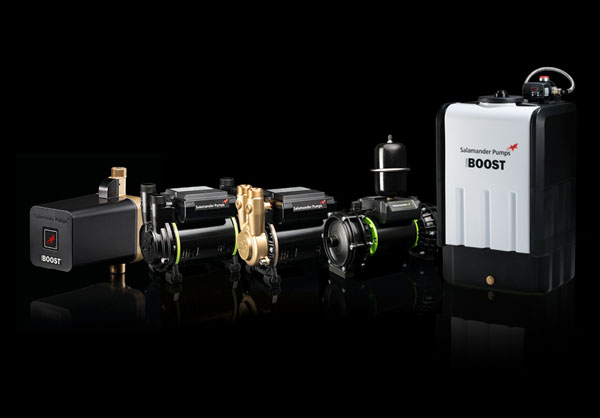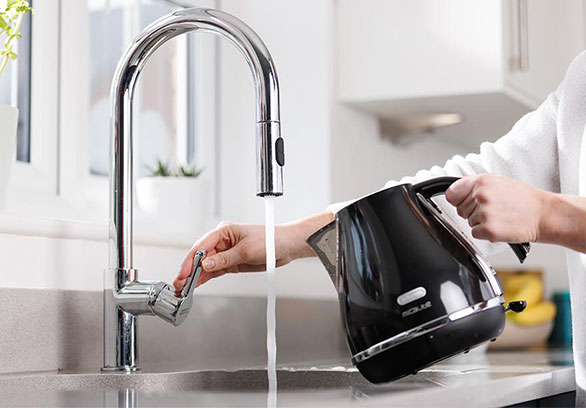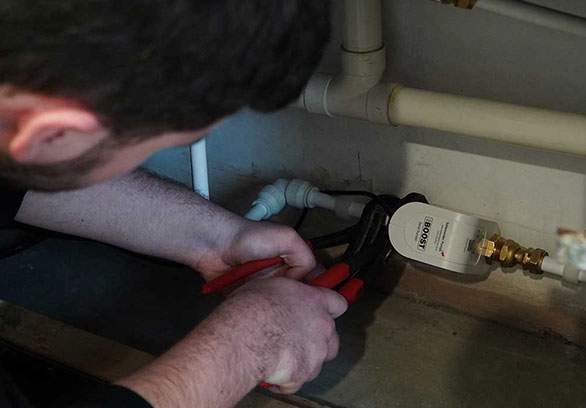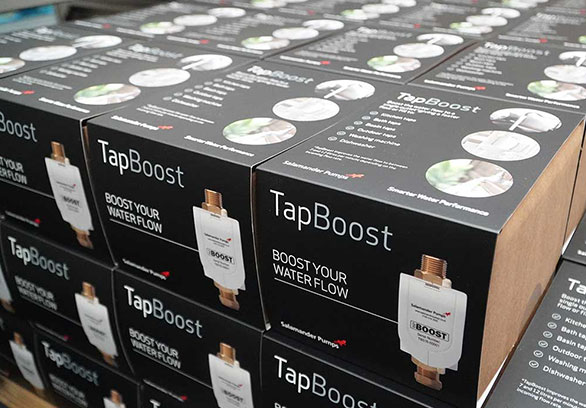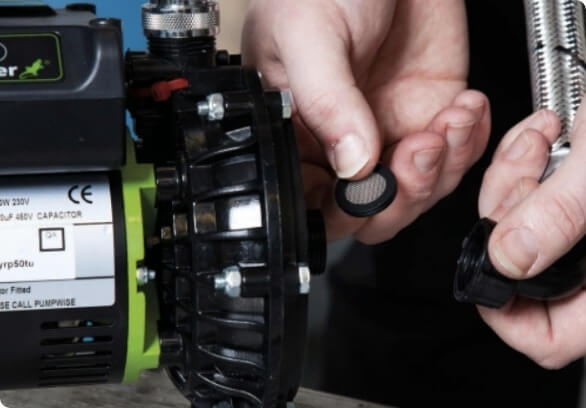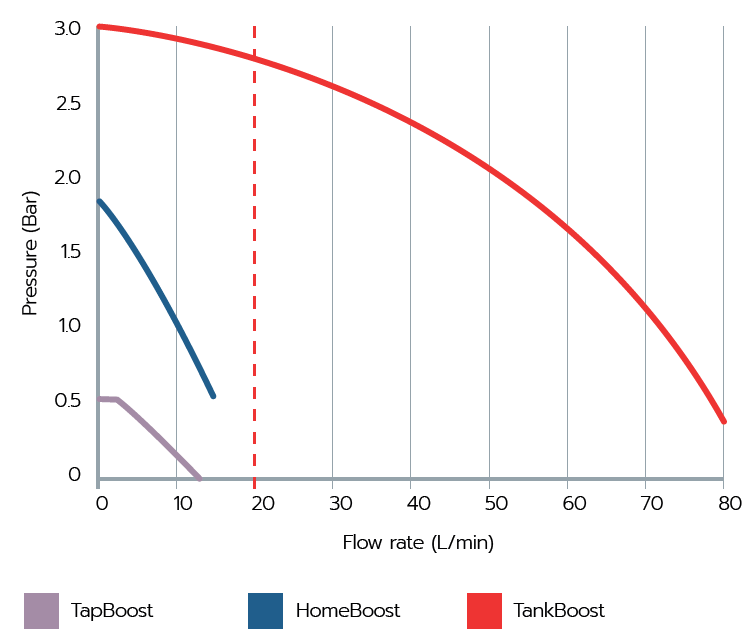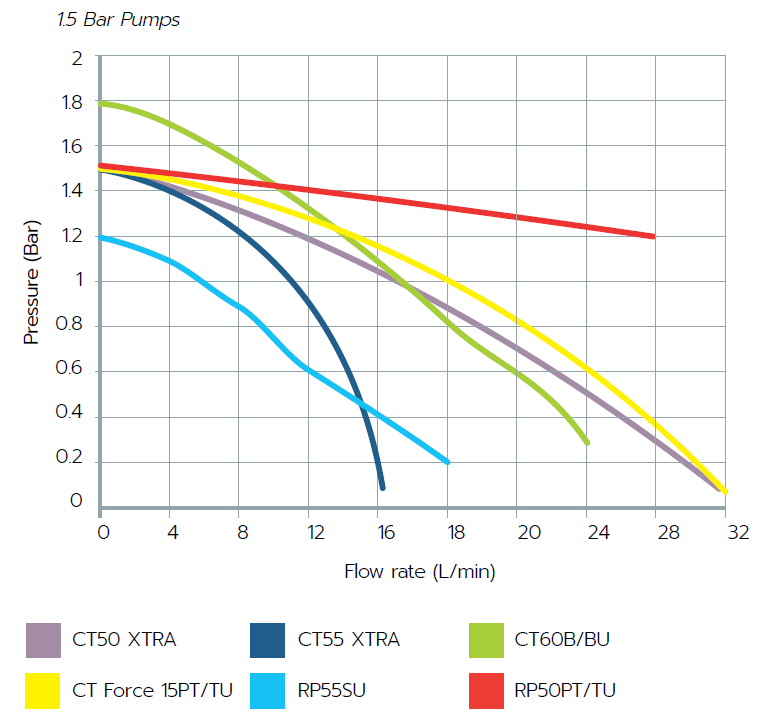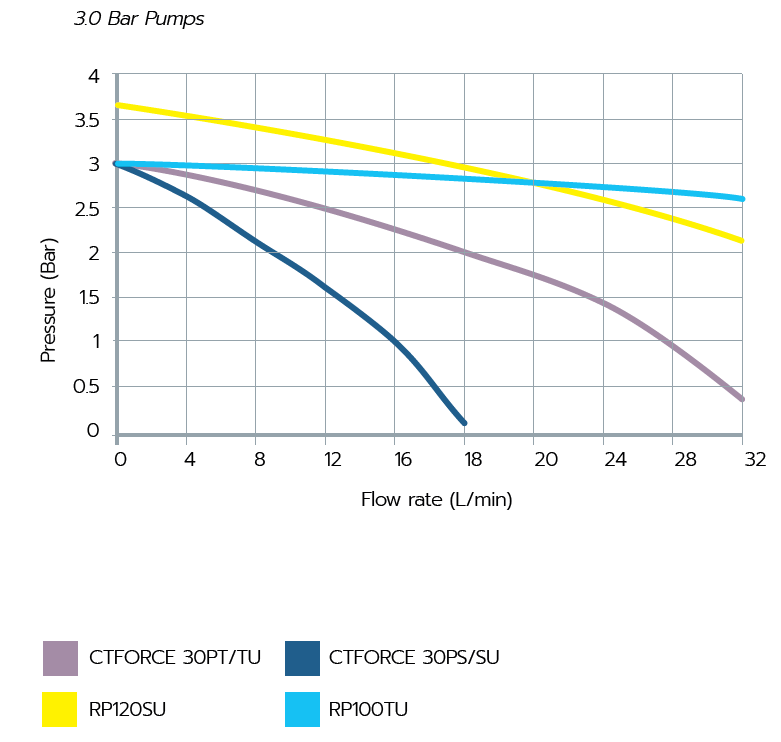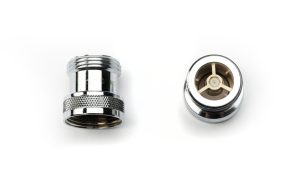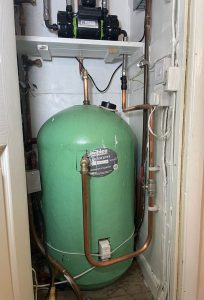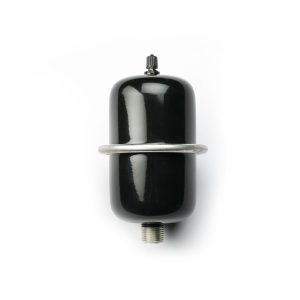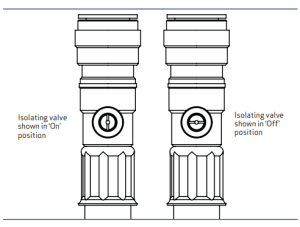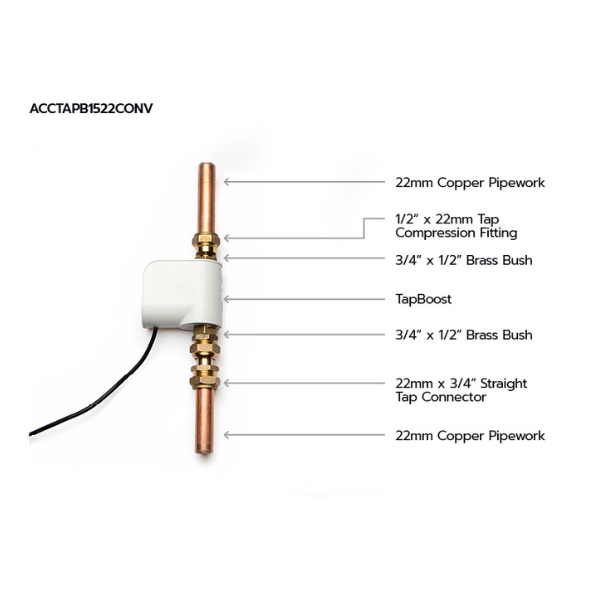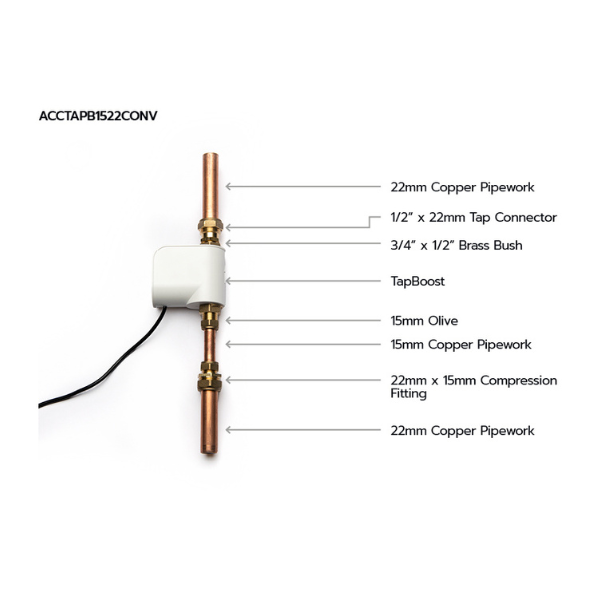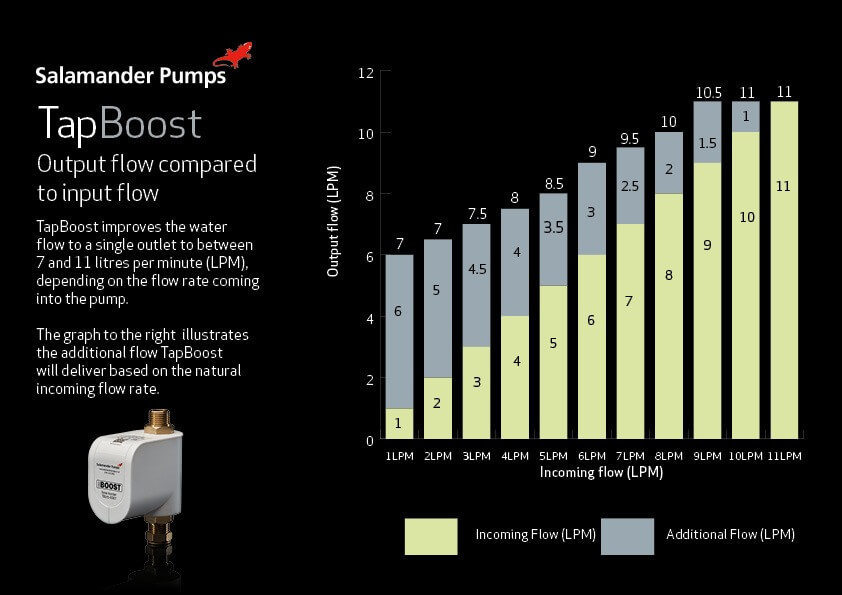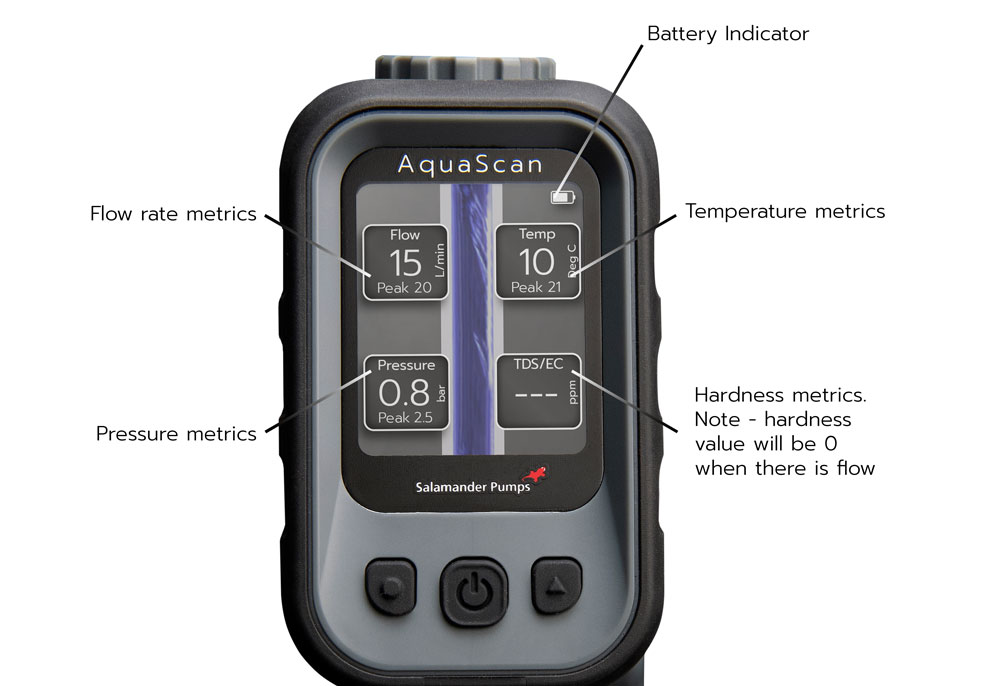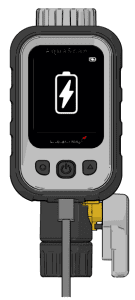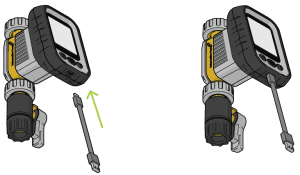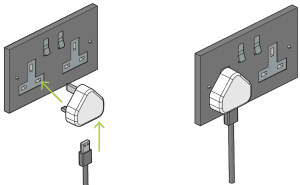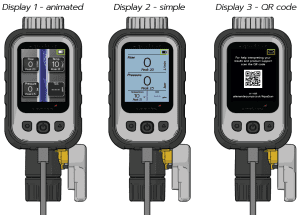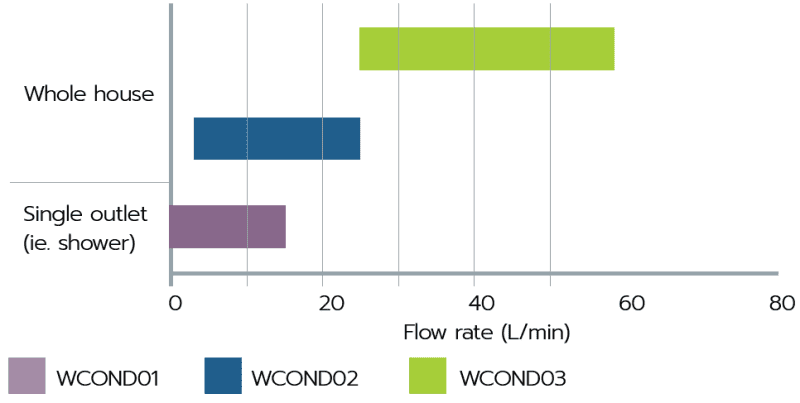A gravity fed water system is identified by a cold-water storage tank, usually stored in a loft, and a hot water cylinder. These systems rely on gravity to force water around the system, with the height of the cold-water storage tank determining the pressure throughout the system.
Cold water is delivered to the cold-water storage tank from the water mains. Cold water from the cold-water storage tank is then supplied to the outlets around the system, such as taps, toilets, showers and baths.
The cold-water storage tank also feeds the hot water cylinder, where a heating coil from the boiler or immersion heater will cause the cold water to become hot. Once an outlet requiring hot water is opened, gravity will force cold water from the cold-water storage tank into the hot water cylinder, this will then force hot water out from the top of the cylinder, delivering hot water to the open outlet.
It is common for gravity fed water systems to suffer with low pressure, installing one of our gravity fed shower pumps can help to improve the pressure, click here to see our range gravity-fed shower pumps.
Gravity-fed water systems are either positive or negative head. Before choosing a gravity-fed shower pump it is important to know whether your system is positive head of negative head, click here for further information.
If you’re unsure which product you need read our guide to selecting the right product, or use our product selector tool.
